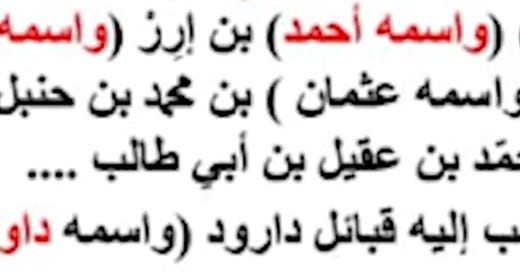Etymology of the Hawiye
According to some traditions - Hawiye, the first son of Irir, the son of Samaale - was a revered saint named “Ahmed” and buried in Qundhudo/Qundhuro (Mount Kundudo) of the Harar region in Ethiopia. These same traditions mention a “Xaawiyal culuum” meaning the master of islamic sciences as the nickname of this saint. Hawiye is said to be the older brother of Aji Irir whose descendants, the Dir, settle together in many parts of the country, converging in Ethiopia their ancestral grounds.
Their grandfather Samaale, who first arrived on the Red Sea, had left them in Ethiopia and migrated further south to be buried in Yurkud, Luuq district of Gedo, where other Samaale clans had started to develop economy, grow and expand east and west of the Juba river to thus which all became known as the Somali peninsula.
Of a more populised geopolitical and linguistic tradition, W. W. Müller, in the 1992 Anchor Bible Dictionary, holds that the "Havilah" of Genesis must refer to a region in southwest Arabia. He locates the reference to a "Havilah" in Genesis 25:18 as referring to a southern Arabian location.
The Havilah, or the Avalite sons of Eber or Cush in Genesis 10:7, represent an early community of Afro Arabian Cushites who had once colonized Arabia. Their progeny the Macrobians were also the proto-Somali Hawiye cultural ancestors in the Horn of Africa, known for their meat with milk diet, nomadic athleticism and maritime history. After establishing the first port named after the Avalites in modern day Zeila, the Macrobians went on to establish the famous Barbaroi city states of Malao, Mundus, Mosylon, Opone, Serapion, Essina and Toniki. They had formed several kingdoms throughout history such as the kingdoms of Barbaristan and Punt. They had also survived onslaughts of many ancient world powers including the Greeks under Alexander the Great and the Persians under Cyrus the Elder. It is believed here the etymology and linguistic meaning of Hawiye in the Somali language dates back to the Avalites their ancient relatives 5000 years before present.
According to a collection of field reports gathered by the Italian Geographical Society in 1893, these many legends are told in folklore.1
In general, belief prevails among them, and indeed they are keen to call themselves descendants of a certain Samale (Hauija) and to have come from the East, that is, from Arabia. And such they show themselves anthropologically, being able to be considered as a graft of Arabs from Yemen, especially mixed with the Galla (Oromo), or more precisely as the perennial hybridism of these peoples and of the red type represented by the ancient Himiarites of the Strait of Bab - el - Mandeb and the ancient Egyptians.
Bollettino della Società geografica italiana. 1893. p. 370







